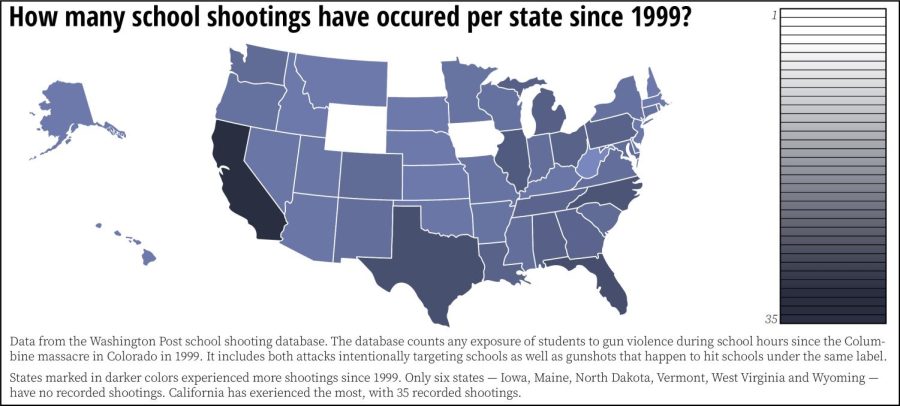By Gwen Schanker, editorial columnist
The world of journalism is being continually shaped and reshaped by the digital age. The high prevalence of bloggers and citizen journalists, contributors to the so-called “fifth estate,” creates an environment of conflicted views. This can be confusing for consumers. Although there is a tendency for people to seek out worldviews that match their own, many of today’s newsreaders are looking for an unbiased source of journalism. This may have contributed to the rise of data-driven journalism, which in the weeks leading up to the election has been evident in everything from CNN’s electoral maps to the up-to-the-hour polls from the New York Times. Numbers have always been a key part of the news media, but new advances in data journalism have made these numbers even more impactful.
As my classmate Tali Soroker, junior math major at Northeastern, writes on her blog, “Try to imagine the news without math. […] Advances in data analysis have transformed the way in which news stories develop and the ways in which we understand them.” The great power of numbers also comes with great responsibility, which has led to an ongoing conversation regarding the best way to communicate data in the news media. This conversation has become especially relevant during this contentious election season.
One writer for NUSci, Northeastern’s student-run science publication, of which I am the current editor-in-chief, put together an article for the latest edition of the magazine about the science of polling. The article, titled “In polls we trust scrutinize with a heavy dose of skepticism” and written by biology major Anh Phan, highlights some of the challenges of creating a reliable poll. The key, she writes, is collecting plenty of data across groups to minimize sampling error. For example, Northeastern’s straw poll is a good way to see where members of the university lean, but is not likely to capture the varied opinions of the rest of the Massachusetts community.
Other sources have attempted to corral polling data on a more comprehensive scale. Sites like Nate Silver’s FiveThirtyEight and the Crystal Ball at the University of Virginia Center for Politics employ experts with both statistical and journalistic knowledge in an attempt to make sense of the constant stream of numbers. Silver and his colleagues have generated a model for the 2016 election that forecasts information based on state polls. This type of prediction model is a game-changer for communication on the election.
The all-important electoral map, which has been flashing across TV screens for months, also has a role to play here. Many news sources seem to agree that the map is in need of an upgrade, since it communicates only geographic data and does not show the number of electoral votes each state receives, a statistic often not proportional to the size of the state. A map that adjusts the geography in order to show proportionally the number of electoral votes – or any other variable – is referred to as a cartogram. This article from National Geographic explains this phenomenon well. Like forecasting models, cartograms are a potentially revolutionary way to demonstrate election data.
The bottom line is that while numbers are key to understanding the potential outcome of the election, one source of information just isn’t enough. The knowledge of how to use numbers in journalism is still evolving, which means there’s still a great deal of uncertainty in an area where readers are hoping to find solace in concrete information. Fortunately, there are a number of pioneers who will contribute to making data journalism an even more accurate and valuable tool: everyone from Nate Silver to student writers like Soroker and Phan. By engaging with the numbers, readers will also contribute to this evolving journalistic landscape.
An earlier version of this article misspelled Anh Phan’s name. We regret the error.















